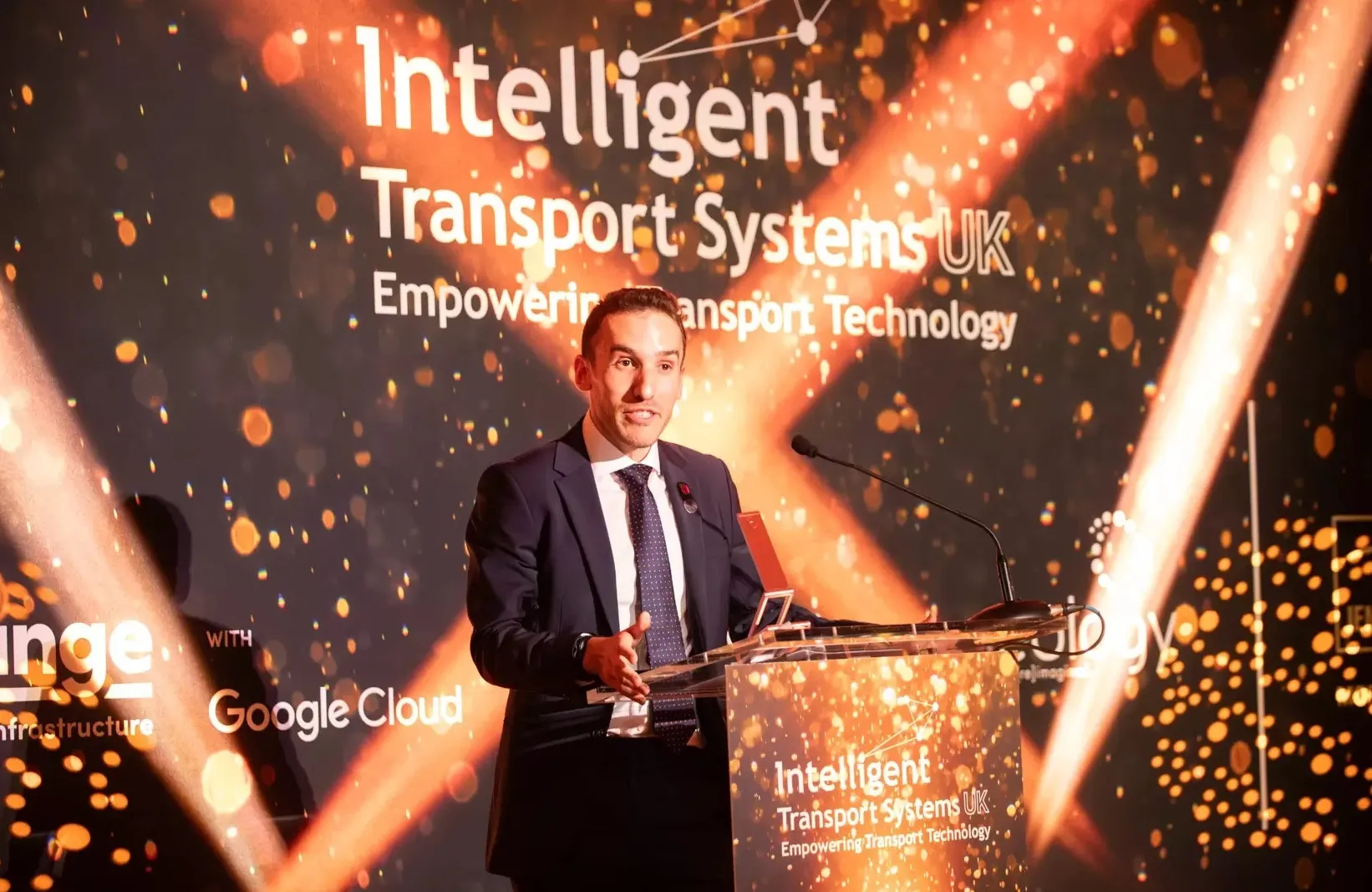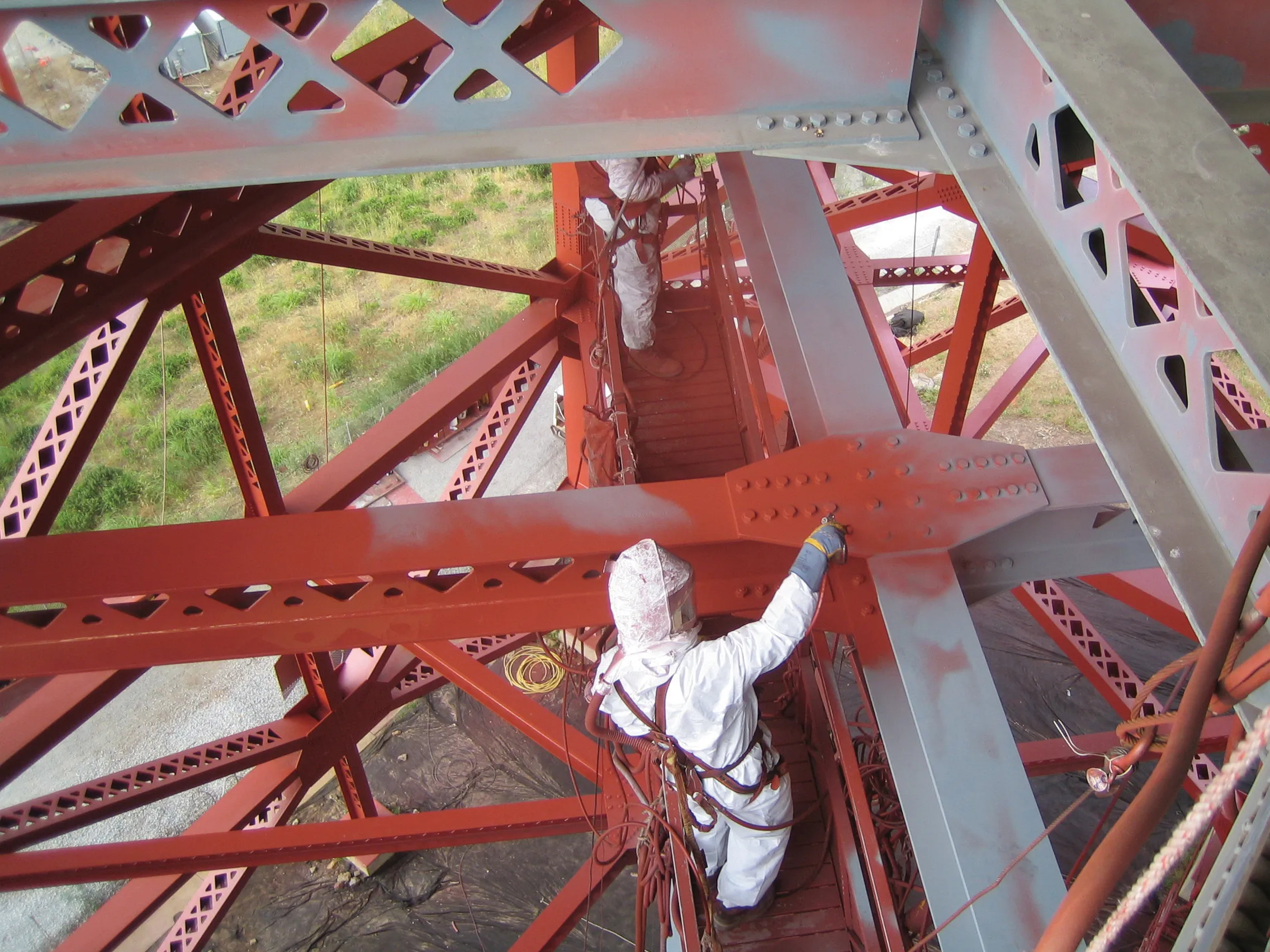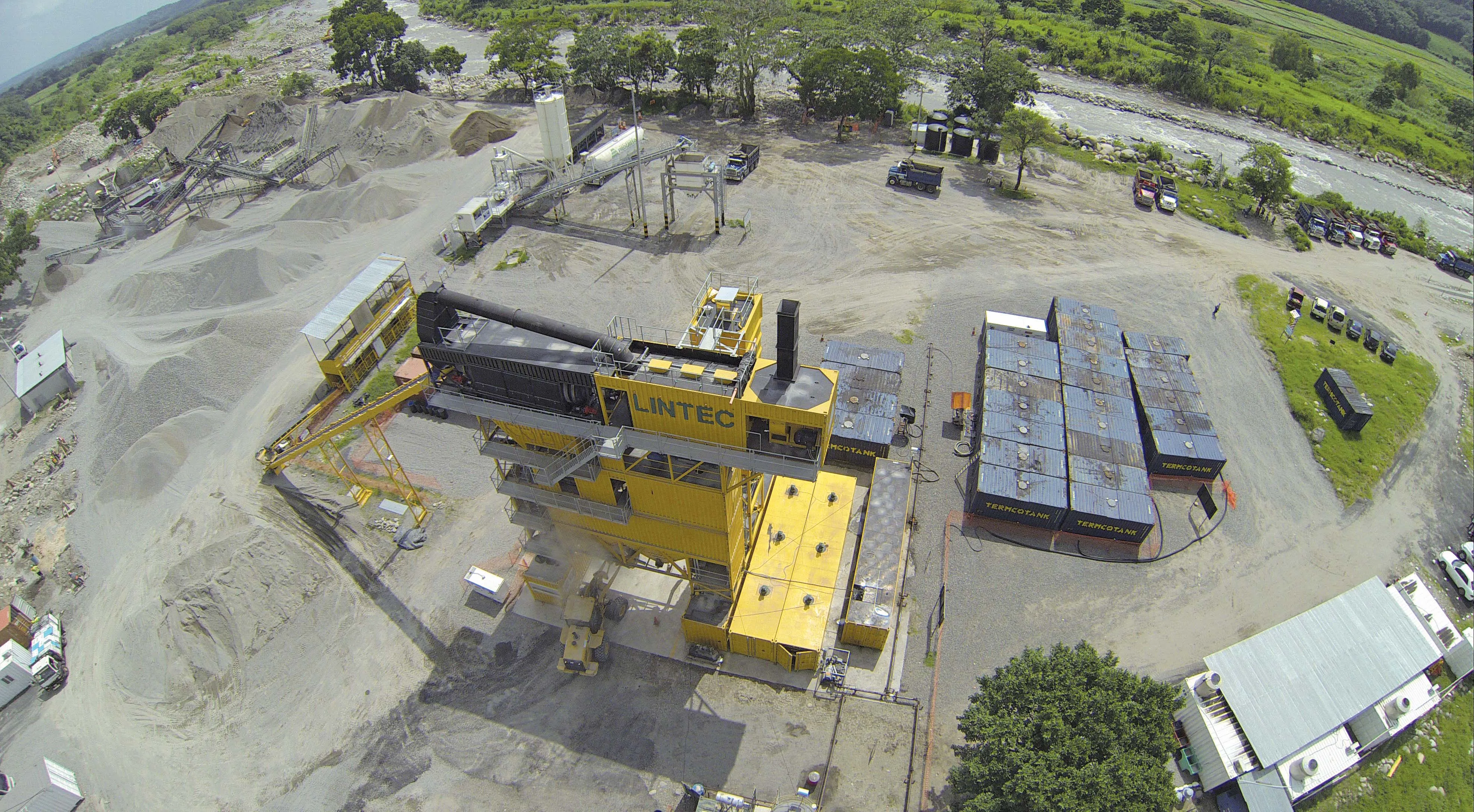Mike Dreznes, executive vice president at the International Road Federation (IRF) discusses road safety for work zone areas. Work zones around the world can create significant congestion and can cost society billions of dollars. Estimates in the United States alone include approximately 87,600 work zone crashes involving 37,500 injuries that result in 482 million lost hours, valued at approximately US$6.5 billion. When considering these numbers worldwide, it becomes clear that work zone safety and work zone
April 30, 2015
Read time: 6 mins

Mike Dreznes, executive vice president at the International Road Federation (IRF Washington) discusses road safety for work zone areas
Work zones around the world can create significant congestion and can cost society billions of dollars. Estimates in the United States alone include approximately 87,600 work zone crashes involving 37,500 injuries that result in 482 million lost hours, valued at approximately US$6.5 billion. When considering these numbers worldwide, it becomes clear that work zone safety and work zone congestion represent significant costs to a global society.
Traditionally, Departments of Transportation (DOTs) and contractors have tried to use positive guidance techniques in work zones such as signs, pavement markings. Channelising devices, and in recent years automated arrow and message boards have also been used to provide clear information to guide motorists through the work zone safely. All of these positive guidance techniques are important and should continue to be an integral part of modern day work zones. As these products have evolved technology-wise, so have portable barriers and crash cushions designed to be used in work zones. Today a wide variety of portable barriers are available to meet the dynamic requirements of modern work zones on rural roads as well as in heavily congested metropolitan areas. As opposed to the traditional concrete portable barrier, this new class of moveable barrier is designed to fit the unique needs of both short and long duration projects.
In a recent webinar hosted by the International Road Federation (3918 IRF Washington) Work Zone & Temporary Traffic Control Safety Subcommittee, attendees learned about the trade-offs between mobility and safety in a work zone. Traditionally a designer had to choose safety with a concrete barrier over the flexibility of a cone or barrel that could be used to open and close lanes for traffic during construction.
For many years Lindsay Transportation Solutions has offered its flagship concrete moveable barrier as a way to open and close lanes to provide traffic management alternatives on larger work zone projects. Today other steel moveable barrier systems (2438 Lindsay, 7402 Trinity Highway Products, Highway Care, 231 Hill & Smith, 7828 Saferoads, and 782 Volkmann & Rossbach) are being deployed in both short- and long-term work zones. Since some of these newer barriers can be supplied with retractable wheels, they can be easily moved into place by hand or with lightweight equipment to provide positive protection in work zones that historically only used cones to open up the work zone.
In addition, newer, innovative, even more mobile barriers are available that provide extremely mobile short-term positive protection. These devices from6724 Mobile Barriers LLC are perfect for specialised guardrail and bridge repair since no time is required to deploy portable barriers.
Some of these products have been available for a number of years. But in many countries, contractors are allowed to set up the work zone to their own criteria with minimal concern for motorist safety and mobility. And many contractors only do what is required regarding safety and mobility. These firms would argue that spending more money to improve safety and mobility and/or to be innovative compared to their closest competitor could lose them the project. The challenge for highway safety professionals in many countries is to implement standards and specifications that take into account the mobility needs of the motorists, as well as the safety needs for the motorists and the workers. These standards will then require contractors to use these state of the art concepts discussed earlier. Implementing some of these advanced techniques could save the road authority money because the job may be completed faster.
One method of traffic congestion mitigation is the use of ramp metering, which is typically used in large metropolitan areas that are accustomed to high traffic volumes. The idea is to break up platoons, or groupings of vehicles attempting to enter the freeway simultaneously, and to allow them to merge in a safe manner. Ultimately, this helps to spread out the overall traffic flow, resulting in decreased congestion.
Ramp meters can take on many different form factors depending on local specifications. Most typically, ramp meters feature a two-section signal head with one red indication, and one green indication. These signals are positioned near the end of freeway on-ramps, with signage instructing drivers where to stop, and how many vehicles are permitted to proceed per green indication.
The technology behind the concept of ramp metering has advanced significantly since the 1960s, when human flaggers were used to release vehicles onto the Eisenhower Expressway in Chicago. Today, traffic sensors allow meters to adapt to real-time traffic conditions using advanced algorithms, resulting in the most efficient traffic flow. Countries across the globe have adopted the concept, from the United States to Germany, the UK to Australia.
Recent studies have shown that ramp meters not only improve traffic flow and reduce congestion, but also have a positive impact on the overall safety of freeway driving. This is especially true in and around construction zones. By using temporary ramp meters on freeway ramps leading up to a highway construction site, traffic congestion can be quelled before it becomes a problem.
Combining some of the newer moveable barrier products with the sensing and messaging equipment available today can help to create dynamic and safer work zones that will result in reduced accidents and congestion. European designers have used some of these smart work zone systems in the past and3260 World Highways and ITS International have reported on them before, but they were experiments. Ministries and DOTs need to start to require these innovative concepts to make their work zones safer with increased mobility. Many of these ministries and DOTs are already doing a good job through the use of advanced marketing and real-time information to notify communities and motorists of upcoming large work zone projects. If the next step was taken to actively manage positive protection in the work zone with moveable barriers and to use state of the art sensors and concepts like temporary ramp metering, the overall level of congestion and even the length of time the work zone is needed can be greatly reduced.
Safety and congestion in work zones are not always considered in a project bid, but they can represent a significant cost to society. If road authorities created new standards and incentives requiring contractors to use some of the innovative road safety devices discussed in this article and in the IRF webinar, the ultimate result will be a reduction in the number and seriousness of crash incidents and a reduction in traffic congestion. That is something that citizens around the world should want to see.
Work zones around the world can create significant congestion and can cost society billions of dollars. Estimates in the United States alone include approximately 87,600 work zone crashes involving 37,500 injuries that result in 482 million lost hours, valued at approximately US$6.5 billion. When considering these numbers worldwide, it becomes clear that work zone safety and work zone congestion represent significant costs to a global society.
Traditionally, Departments of Transportation (DOTs) and contractors have tried to use positive guidance techniques in work zones such as signs, pavement markings. Channelising devices, and in recent years automated arrow and message boards have also been used to provide clear information to guide motorists through the work zone safely. All of these positive guidance techniques are important and should continue to be an integral part of modern day work zones. As these products have evolved technology-wise, so have portable barriers and crash cushions designed to be used in work zones. Today a wide variety of portable barriers are available to meet the dynamic requirements of modern work zones on rural roads as well as in heavily congested metropolitan areas. As opposed to the traditional concrete portable barrier, this new class of moveable barrier is designed to fit the unique needs of both short and long duration projects.
In a recent webinar hosted by the International Road Federation (
For many years Lindsay Transportation Solutions has offered its flagship concrete moveable barrier as a way to open and close lanes to provide traffic management alternatives on larger work zone projects. Today other steel moveable barrier systems (
In addition, newer, innovative, even more mobile barriers are available that provide extremely mobile short-term positive protection. These devices from
Some of these products have been available for a number of years. But in many countries, contractors are allowed to set up the work zone to their own criteria with minimal concern for motorist safety and mobility. And many contractors only do what is required regarding safety and mobility. These firms would argue that spending more money to improve safety and mobility and/or to be innovative compared to their closest competitor could lose them the project. The challenge for highway safety professionals in many countries is to implement standards and specifications that take into account the mobility needs of the motorists, as well as the safety needs for the motorists and the workers. These standards will then require contractors to use these state of the art concepts discussed earlier. Implementing some of these advanced techniques could save the road authority money because the job may be completed faster.
One method of traffic congestion mitigation is the use of ramp metering, which is typically used in large metropolitan areas that are accustomed to high traffic volumes. The idea is to break up platoons, or groupings of vehicles attempting to enter the freeway simultaneously, and to allow them to merge in a safe manner. Ultimately, this helps to spread out the overall traffic flow, resulting in decreased congestion.
Ramp meters can take on many different form factors depending on local specifications. Most typically, ramp meters feature a two-section signal head with one red indication, and one green indication. These signals are positioned near the end of freeway on-ramps, with signage instructing drivers where to stop, and how many vehicles are permitted to proceed per green indication.
The technology behind the concept of ramp metering has advanced significantly since the 1960s, when human flaggers were used to release vehicles onto the Eisenhower Expressway in Chicago. Today, traffic sensors allow meters to adapt to real-time traffic conditions using advanced algorithms, resulting in the most efficient traffic flow. Countries across the globe have adopted the concept, from the United States to Germany, the UK to Australia.
Recent studies have shown that ramp meters not only improve traffic flow and reduce congestion, but also have a positive impact on the overall safety of freeway driving. This is especially true in and around construction zones. By using temporary ramp meters on freeway ramps leading up to a highway construction site, traffic congestion can be quelled before it becomes a problem.
Combining some of the newer moveable barrier products with the sensing and messaging equipment available today can help to create dynamic and safer work zones that will result in reduced accidents and congestion. European designers have used some of these smart work zone systems in the past and
Safety and congestion in work zones are not always considered in a project bid, but they can represent a significant cost to society. If road authorities created new standards and incentives requiring contractors to use some of the innovative road safety devices discussed in this article and in the IRF webinar, the ultimate result will be a reduction in the number and seriousness of crash incidents and a reduction in traffic congestion. That is something that citizens around the world should want to see.









